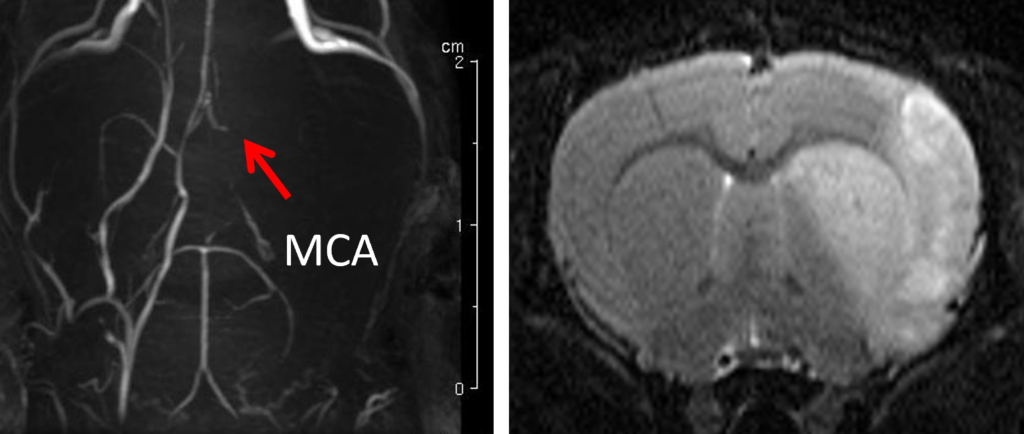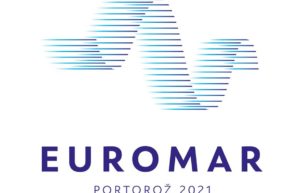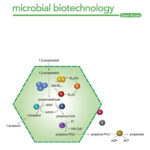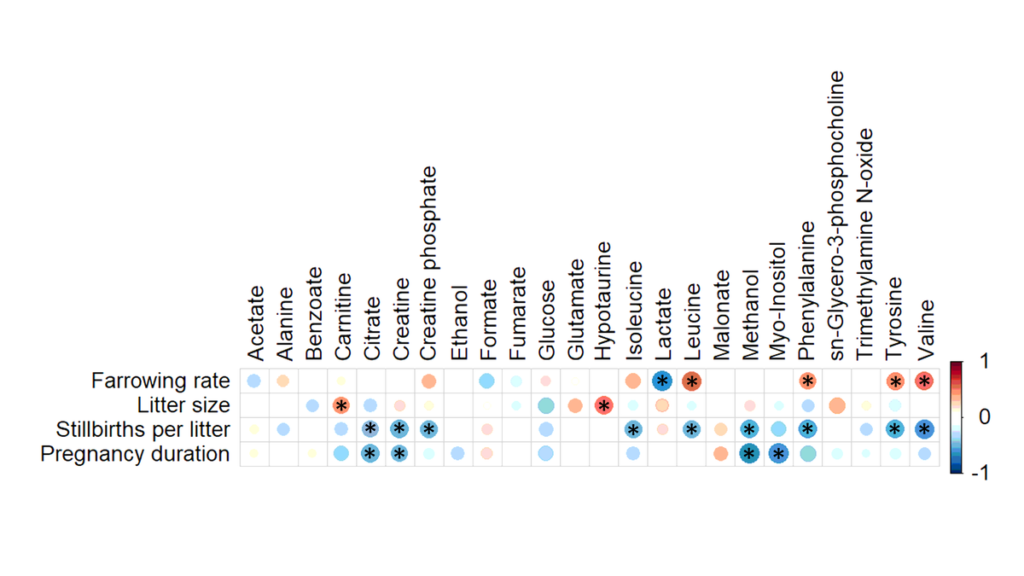Last 21st October 2021 I defended my PhD Thesis entitled: Advances in NMR spectroscopic methodology and applications: time-efficient methods, ultra long-range heteronuclear correlation experiments and enantiospecific analysis of complex mixtures.
The thesis is divided into the following topics:
- the development of Nuclear Magnetic Resonance (NMR) experiments focused on efficiency in terms of time;
- establishing new pulse sequences that facilitate the study of long-distance coupling constants fundamental for structural elucidation;
- the development of a reliable method that allows the differentiated analysis of enantiomers (enantiospecific) directly from its original mixture (in situ) and from multiple molecules simultaneously (multicomponent).
The NMR experiments developed using the MFA (Multiple Fid Acquisition) approach based on the “afterglow magnetization”, allows a considerable reduction of the experimental time by acquiring several experiments at the same time, which are stored in different FIDs that can be visualized separately. In this thesis several works are presented that allow to make a structural elucidation of organic molecules in a fast, simple and unambiguous way, among them MFA-COSY / RELAY3, MFA-COSY / TOCSY, MFA-HMBC / HMBC-COSY, MFA-MBOB -COSY, MFA-TOCSY / TOCSY, MFA-HSQC / HSQC and the MFA-HSQC / Pure-shiftHSQC. Furthermore, with an adequate combination of MFA and “Spectral Aliasing” (SA), a new experiment is presented, which in addition to the experimental time improves spectral resolution and facilitates structural identification. The SA, despite being a powerful experiment to avoid signal overlapping has an important disadvantage related to the identification of each signal, to avoid this problem, for a few extra seconds, we acquired the two heteronuclear experiments in 2D, the HSQC with “Spectral Aliasing” and the standard HSQC to facilitate signal assignment.
Furthermore, in terms of improving the spectral resolution, this thesis presents two experiments following the Pure-shift methodology to eliminate the proton-proton coupling constant, using BIRD (BIlinear Rotation Decoupling) to perform heteronuclear decoupling, minimizing signal overlapping. The novelty of this work is based on the detection of multiple nuclei in the same 2D spectrum, nitrogen and carbon in the indirect dimension (F1) and proton in F2, is what is known as “Time-Shared NMR experiments”. In addition, using the same approach, a second experiment is presented that allows the calculation (via direct observation) of the heteronuclear proton-carbon and proton-nitrogen coupling constants simultaneously. The measurement of long-distance heteronuclear coupling constants remains a challenge in NMR spectroscopy, due to their tiny values and to the difficulty of their measurement. A modification in the LR-HSQMBC (changing some 180º pulses of the experiment by selective pulses irradiated in an area of the spectrum) allows the measurement of very small coupling constants (of up to 6 separation bonds). In this work, the advantages of the new LR-selHSQMBC NMR experiment are exposed and the advantages and disadvantages of both experiments are compared.
Finally, this thesis presents an innovative work related to the enantiospecific and simultaneous detection of multiple pairs of enantiomers in a mixture without prior separation or derivatization of the sample components and with minimal sample manipulation. This method is based on NMR spectroscopy and on the use of a chiral solvating agent (CSA) as chiral auxiliary. This work shows, as a proof of concept, the simultaneous enantiospecific detection of multiple enantiomeric pairs directly within the original mixture. This is demonstrated with an aqueous mixture of the essential amino acids in their D and L forms.
The thesis can be downloaded in PDF format from the TDX repository and from the TESEO repository.
ACKNOWLEDGMENTS
I would like to thank the financial support for this research by Spanish MINECO projects “Diseño y Aplicación de Nuevas Metodologías en Resonancia Magnética Nuclear” (CTQ2015-64436-P) and “Metodologías Modernas en Resonancia Magnética Nuclear de Moleculas Pequeñas” (PGC2018-095808-B-I00) and for the grant BES-2016-078903 awarded by Agencia Estatal de Investigación.
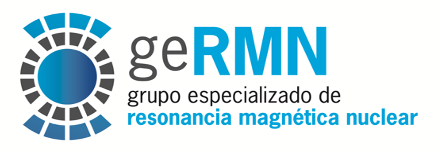 Jaca, 19th-24th June 2022
Jaca, 19th-24th June 2022
